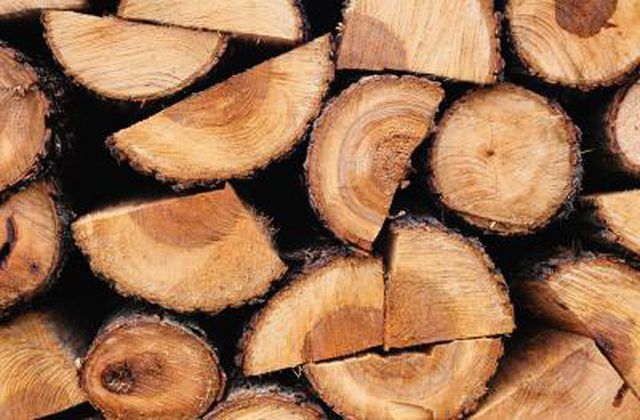Bulbs
Flower Basics
Flower Beds & Specialty Gardens
Flower Garden
Garden Furniture
Garden Gnomes
Garden Seeds
Garden Sheds
Garden Statues
Garden Tools & Supplies
Gardening Basics
Green & Organic
Groundcovers & Vines
Growing Annuals
Growing Basil
Growing Beans
Growing Berries
Growing Blueberries
Growing Cactus
Growing Corn
Growing Cotton
Growing Edibles
Growing Flowers
Growing Garlic
Growing Grapes
Growing Grass
Growing Herbs
Growing Jasmine
Growing Mint
Growing Mushrooms
Orchids
Growing Peanuts
Growing Perennials
Growing Plants
Growing Rosemary
Growing Roses
Growing Strawberries
Growing Sunflowers
Growing Thyme
Growing Tomatoes
Growing Tulips
Growing Vegetables
Herb Basics
Herb Garden
Indoor Growing
Landscaping Basics
Landscaping Patios
Landscaping Plants
Landscaping Shrubs
Landscaping Trees
Landscaping Walks & Pathways
Lawn Basics
Lawn Maintenance
Lawn Mowers
Lawn Ornaments
Lawn Planting
Lawn Tools
Outdoor Growing
Overall Landscape Planning
Pests, Weeds & Problems
Plant Basics
Rock Garden
Rose Garden
Shrubs
Soil
Specialty Gardens
Trees
Vegetable Garden
Yard Maintenance
How to Calculate the Splitting Force of a Log Splitter
How to Calculate the Splitting Force of a Log Splitter. Store-bought log splitters are listed with specs, including splitting force, which is usually expressed in pounds or tons. The higher the splitter's pressure rating and piston area, the higher the splitting force will be. Because log splitters use hydraulic systems, you need to use the force...

Store-bought log splitters are listed with specs, including splitting force, which is usually expressed in pounds or tons. The higher the splitter's pressure rating and piston area, the higher the splitting force will be. Because log splitters use hydraulic systems, you need to use the force of a hydraulic cylinder equation.
Things You'll Need
Measuring tape
Log splitter pressure rating
Calculator
Measure the diameter of the piston. As an example, a piston has a diameter of 5 inches.
Square the diameter, multiply it by 3.14 and divide the result by 4 to calculate the area of the piston. In the example, squaring the diameter of the piston gives you 25, multiply 25 by 3.14 gives you 78.5 and dividing 78.5 by 4 gives you 19.625 inches squared.
Multiply the piston's area by the splitter's pressure rating. In the example, the splitter has a pressure rating of 3,000 pounds per square inch (PSI). Multiplying 19.625 by 3,000 gives you 58,875. The log splitter has a splitting force of 58,875 lbs..
Tips & Warnings
Find your splitter's pressure rating in the owner's manual or by contacting the business that sold you the splitter.